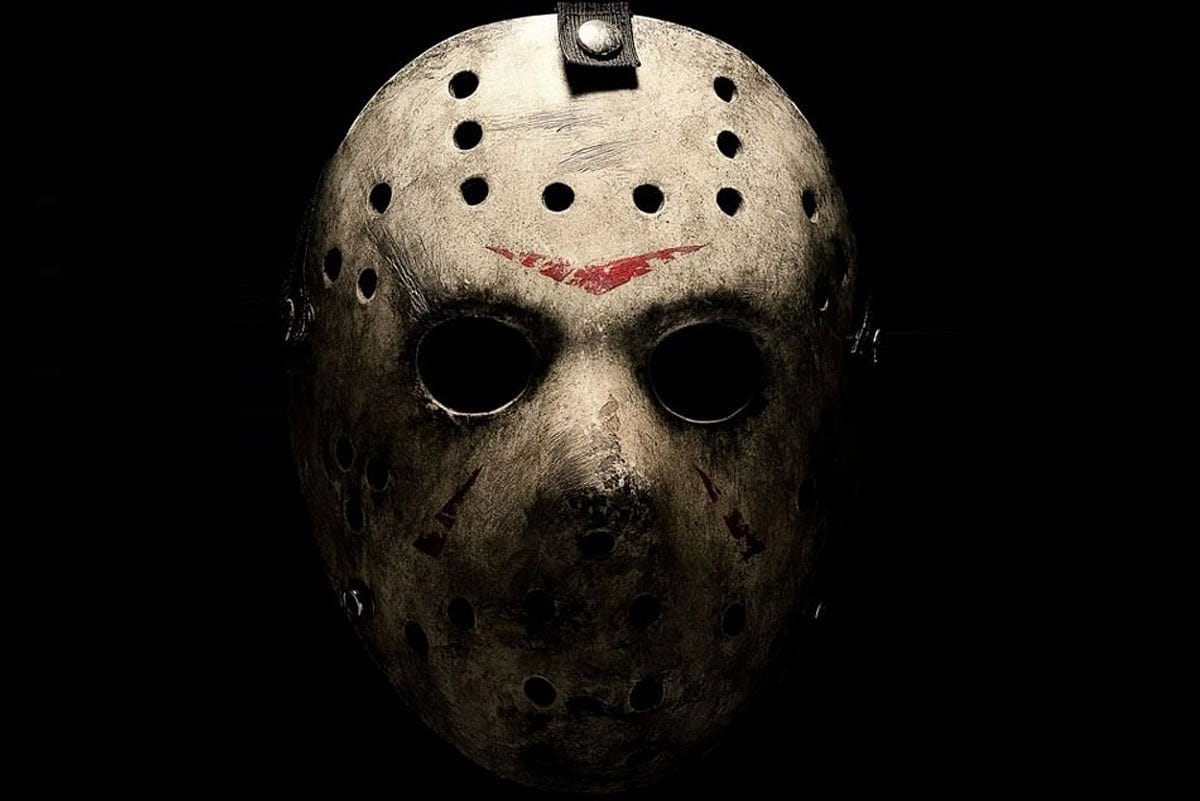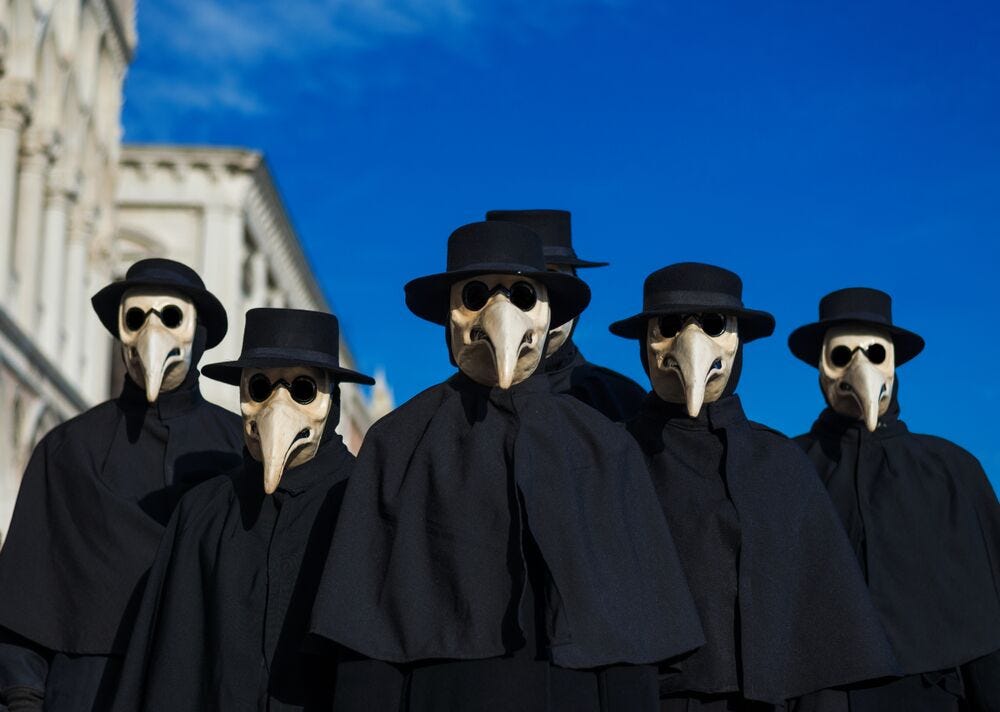Hallowe’en and Our Fascination With the Dead
Relearning how to meet death face to face
Image: ar.inspiredpencil.com
For many people in English-speaking countries, the end of October is synonymous with Hallowe’en.
A tradition that’s evolved over centuries – even millennia, by some accounts – Hallowe’en has always been concerned with the spooky and uncanny. Its ancient roots lie in the Celtic festival of Samhain, which marked the temporary thinning of the veil between this life and the next – an event which, the Celts believed, allowed spirits to move freely between worlds.
Today, of course, Hallowe’en is celebrated with decorations and costumes which similarly have some connection to the undead and spirit world: ghosts, mummies, skeletons, zombies, vampires, and more.
The interest Hallowe’en holds for us, in both its ancient and modern forms, is clearly driven by the deep-seated human fascination with – and revulsion at – the dead. Death itself, and the dead body in particular, exercises a power over our minds from childhood onwards, and the decorations and dressing-up we engage in every Hallowe’en is surely a way of broaching death without confronting it.
But perhaps we should confront it – at least more than we do at present. For one thing, how can we understand our own mortality without first encountering other people’s?
Handling the dead
In (post-)Protestant northern Europe, there’s a prevalence for shunning death, or at least avoiding direct encounters with the dead.
In the UK, many people have never seen anyone die. This is perfectly reasonable, but what’s less understandable is that they’ve rarely even seen a dead body. The chances are that friends and relatives won’t die in one’s company, of course, but then at the funeral, the deceased’s body will be brought into church or the crematorium chapel in a closed casket. Even the burial or cremation itself typically takes place out of sight of mourners, who usually attend a wake at a location other than the church or chapel.
All of this puts the dead at a physical and emotional distance, which – far from making death easier to deal with – only makes it harder to comprehend.
There are some good reasons to not be overly familiar with the dead, of course. Untreated, the dead body will – like all organic phenomena – decay, and with this comes the risk of disease. At the very least, decaying bodies aren’t a pleasant sight (or smell) to have hanging around the place, so to the extent that our aversion to corpses is driven by this impulse, it’s understandable.
However, this revulsion is only appropriate for bodies in an advanced state of decay. Indeed, in colder countries it takes a good few days for a corpse to begin to smell, and longer still for it to start to look revolting. So there is no hygiene need to shun the dead body, at least early on – something that’s demonstrated in other countries.
Ireland is only a short ferry ride from Britain, yet despite this proximity, death customs are very different there. As a historically Catholic society, in Ireland, the dead are typically present and on display at the wake, since the latter takes place before, and not after, the funeral. At an Irish wake, family and friends gather around the body in the days preceding the funeral, telling stories and sharing jokes as well as tears. All of this allows the living to better process the death of their loved one, not least because said loved one is there in plain sight.
Positionality and the uncanny
Image: thebash.com
Seeing the dead body is undoubtedly an uncanny experience for those unaccustomed to it, and rather than decay and disease, perhaps this is what most people fear.
The uncanniness of the dead body lies, it seems to me, in the absence of what the brilliant German philosopher Helmuth Plessner called positionality.
Plessner sought to identify what makes living beings distinct, and he found an answer in the notion of positionality. This is his name for the way that a living being relates to itself and its surroundings. Positionality is something we can empirically pinpoint in various ways, foremost of which are growth, self-organisation, responsiveness to stimuli, and goal-directed movement.
These are things we expect people – as living beings – to do, and when we encounter a human who does none of these things, it jars greatly, and perhaps even disturbs us at first. Some religious and philosophical traditions explain this uncanniness through the flight of the soul from the body; others from the absence of a life-force; others again through a cessation of bodily processes.
Whichever explanation we happen to find most persuasive, the right kind of encounter with the dead can lead us to accept this uncanniness as a part of nature, indeed, as natural.
Saying goodbye
Permit me to speak of an intensely personal experience that bears out this idea. Although I live in Britain rather than Ireland, I was lucky enough – and I do consider it a privilege – to both be with my beloved grandma as she passed away, and to spend some time with her once she was dead.
Back in November 2022, I was intending to drive to Cornwall to see my very elderly grandma just before Christmas. Over the phone, however, my auntie told me that she didn’t expect her to last until then. So I set off for Cornwall at the first opportunity, and got to the nursing home to find my grandma unconscious, but alive – just.
Sitting with her and talking to her in the knowledge that she was dying before my eyes was one of the most emotionally intense things I’ve ever experienced, rivalled only by witnessing the birth of my children. But I count myself fortunate to have been there for her last hours, and – even though she was unaware of it – I’m happy that I could ensure she didn’t die alone on a nursing home ward.
The time that I got to spend with her once she’d died was also precious, as it allowed me to grieve without any of the incomprehension that can follow from simply being told that someone has died. Seeing my grandma neither moving nor breathing, having the chance to hold her slowly cooling hand and watch her body settle – all brought home the reality of her death in a stark but important way. Her death was a brute fact for me, which shaped my mourning and loss for the better by directly connecting me to reality.
Confronting death
Of course, we cannot hope to always be with our loved ones when they pass away, and – depending on the nature and timing of their death – we might not want to be. Two of my close friends work in emergency services, and I am very aware, from talking to them about their work, that my grandma’s death was about as good and untraumatising as possible.
Even so, we can hope that spending time with the dead might become the norm, as in Ireland, since this more honest confrontation can not only help us process the loss of a loved one, but it change our relation to death itself as a result.
If we did this, Hallowe’en could still be a way of marking our fascination with the dead – but our fascination would take a healthier form overall.





